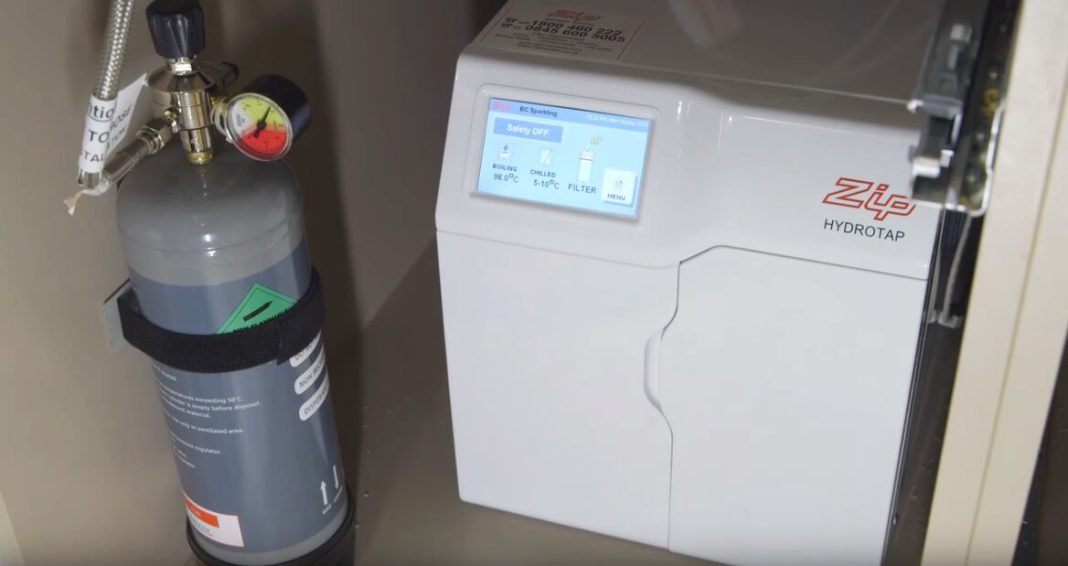Zip Co2 cylinders are widely used in various industries, including beverage and food services, paintball, and aquariums. They are convenient and efficient, providing a reliable source of carbon dioxide for multiple applications. However, like any other equipment, they can experience some problems, and you may need to look for a zip co2 cylinder replacement. This article will discuss the common issues with Zip Co2 cylinders and how to fix them.
Problem 1: Leaking
One of the most common problems with Zip Co2 cylinders is leaking. Leaking can occur for several reasons, including a damaged seal, a faulty valve, or the over-tightening of the regulator. A leak can be dangerous as it can cause a gas buildup, leading to an explosion or fire.
Solution:
Turn off the CO2 tank’s valve to stop the gas flow if you suspect a leak. Next, check the regulator to ensure that it is not over-tightened. If the regulator is okay, inspect the tank’s valve for any signs of damage or wear. Replace the valve if necessary, and reattach the regulator. Finally, spray soapy water around the valve and regulator to perform a leak test. If you see any bubbles, there is a leak, and you should address it immediately.
Problem 2: Frozen Regulator
Another common problem with Zip Co2 cylinders is a frozen regulator. This problem occurs when the regulator gets too cold due to rapid gas expansion or exposure to cold temperatures. A frozen regulator can cause a pressure drop, affecting the gas flow, and may damage the regulator.
Solution:
To fix a frozen regulator, first, turn off the CO2 tank’s valve to stop gas flow. Next, remove the regulator from the tank and allow it to warm to room temperature. You can do this by placing it in a warm room or using a heat gun to warm it up gently. Once the regulator is at room temperature, reattach it to the CO2 tank, turn on the valve, and check the pressure. If the pressure is still low, you may need to replace the regulator.
Problem 3: Low Pressure
Low pressure is another common problem with Zip Co2 cylinders. This problem can occur for several reasons, including an empty tank, a damaged regulator, or a clogged gas line. Low pressure can affect the performance of the equipment and can result in poor quality of the final product.
Solution:
To fix low pressure, first, check the CO2 tank’s pressure gauge to ensure it is not empty. Check the regulator for any damage or wear if the tank is not empty. Inspect the gas line for clogs or damage if the regulator is okay. Replace the gas line if necessary. Finally, perform a pressure test to ensure the pressure is within the desired range.
Problem 4: Over-Pressurisation
Over-pressurisation is a problem that occurs when the CO2 tank’s pressure exceeds the safe limit. Over-pressurisation can cause the tank to rupture or explode, leading to severe injury or property damage.
Solution:
To fix over-pressurisation, first, turn off the CO2 tank’s valve to stop gas flow. Next, check the pressure gauge to ensure it does not indicate an over-pressurised tank. If the pressure gauge shows over-pressurisation, release the excess pressure by opening the valve slightly until the pressure returns to the safe range. Finally, inspect the tank for any signs of damage or wear. If you notice any damage, replace the tank immediately.
Zip Co2 cylinders are a reliable source of carbon dioxide for various applications. However, like any other equipment, they can experience problems that may affect their performance, and you need to get a zip co2 cylinder replacement. These problems can be dangerous and may cause property damage or personal injury. Therefore, it is essential to address them as soon as possible.






